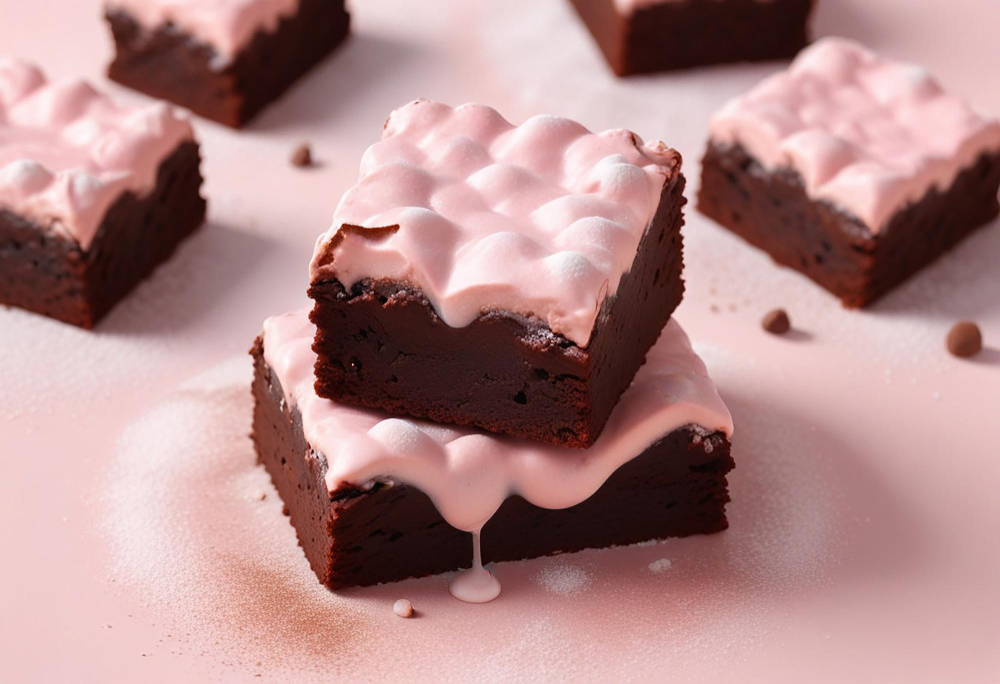Fixing soft fudge that just won’t set is a challenge many of us have faced in the kitchen. You pour your heart and soul into creating that perfect, creamy delight, only to find a puddle of chocolate sadness. No worries, you can rescue it by cooking it again, adding a bit of milk, and heating it to the right temperature. This often does the trick, bringing back that rich, firm texture you were dreaming of.
You might wonder why this happens. The secret lies in the balance of sugar crystals forming just right. Too much liquid, too little heat, or not enough patience can lead to this gooey situation. It’s like dealing with melted chocolate that refuses to get a grip on itself.
Sometimes, your fudge needs a little pep talk—or a candy thermometer to make sure you reach that sweet spot. Don’t let a soft batch defeat you. With some quick, fun fixes, you can turn that unset fudge into a delicious triumph everyone will enjoy.
The Sweet Science of Fudge Failures
Successfully making fudge feels like a magic trick, but sometimes those creamy squares just won’t cooperate. It’s all about precise steps and accurate temperatures. Let’s explore what keeps fudge from firming up just right.
Sugar, Stir, Set – The Fudge Fundamentals
Creating fudge is more like a science experiment than a simple cooking task. First, sugar is key. You must dissolve it completely without letting any sneaky grains escape. Otherwise, you’ll end up with fudge’s evil twin: grainy sandbars.
Stirring comes next. You must be enthusiastic, but don’t overdo it! Underbeating causes softness, but overbeating might turn your fudge into a chocolate rock. It’s a delicate dance.
Finally, the setting stage. Ensure your mix cools slowly and evenly. Patience here is as sweet as the fudge itself. This careful balance ensures your masterpiece settles into perfect firmness. Just remember, fudge has feelings, too. Keep it calm, and your sweet creation will thank you.
Thermometer Theatrics: Why Precision is Key
A candy thermometer is not just a suggestion; it’s your guru. The cooking temperature determines everything. If your mixture doesn’t reach just the right temperature, you’ll be left with a chocolate puddle instead of hard fudge.
Stick that thermometer in and wait for the magic number! Most recipes will insist on a specific point, like 234°F (soft-ball stage). Hit that number, not a degree less or more. If not, your fudge dreams might dissolve faster than sugar in hot coffee.
Precision in cooling is crucial, too. This is the grand finale where patience really pays off. Fluctuations can mess with the miracle of setting. So, grab your trusty thermometer, and let precision guide you to fudge glory! Remember, perfection is in the details.
Don’t Beat Yourself Up – Beating Fudge Into Shape
Trying to fix fudge that doesn’t set can be tricky. Understanding the importance of beating and temperature is key. You’ll also want to avoid making it too sweet, which can leave a bitter taste.
Beating Odds: How to Whip Your Fudge to Perfection
Imagine your fudge is a stubborn mule. You need to give it the right mix of patience and a firm hand. Start beating your fudge once it has cooled to about 110°F. This is when sugar crystals become your allies, forming tiny bits of magic that give fudge its silky texture.
Vigorously mixing with a wooden spoon or a hand mixer at low speed is the way to go. If you beat it too soon, you risk large sugar crystals that ruin the smooth feel. Keep mixing until the fudge thickens and loses its shine. If you’re sweating and the fudge isn’t setting, take a breather; sometimes it just needs a moment to catch up with you.
The Bitter Side of Too Sweet: Avoiding the Bitter Aftertaste
Too much sugar isn’t just bad for your health; it can ruin your fudge’s taste. Sometimes your soft fudge tastes like it’s auditioning for a role as a caramel. This is usually because of over-heated sugars.
To fix a fudge trying too hard to be sweet, pay attention during cooking. If it tastes bitter, boosting the chocolate or adding vanilla can help balance out flavors. Milk chocolate or extra butter can smooth out the taste, but remember—don’t overdo it, or you’ll start another battle with sweetness.
